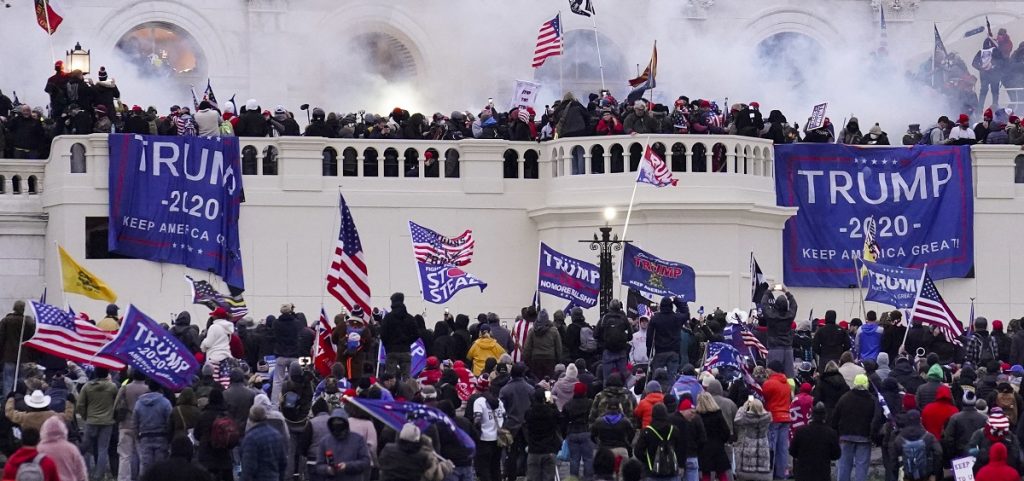Lilliana Mason:
Not that we have never had partisan animosity. The difference is that now, because of our sort of progress in terms of civil rights, not just for Black Americans, but for all Americans who have previously been marginalized, including women, is that we have associated the two parties with different sides of that story.
Essentially, the left is now taking the position of, we want a fully egalitarian, pluralistic, multiethnic democracy. We have never fully had it, but we want to make it happen. And what Trump has been saying, right, make America great, again, is the definition of going back in time.
And so there is this conflict between, do we want to move forward or do we want to move backward? That means that, every time we have an election — and an election is basically a status competition, right? There’s a winner and a loser. Rather than it’s just being our party that wins or loses, now it feels like our racial group and our religious group and our cultural group is also winning or losing.
So that makes the stakes feel a lot higher to us on a psychological level. We don’t have a place to go together, right? That’s much more of a tug-of-war, rather than a negotiation.


